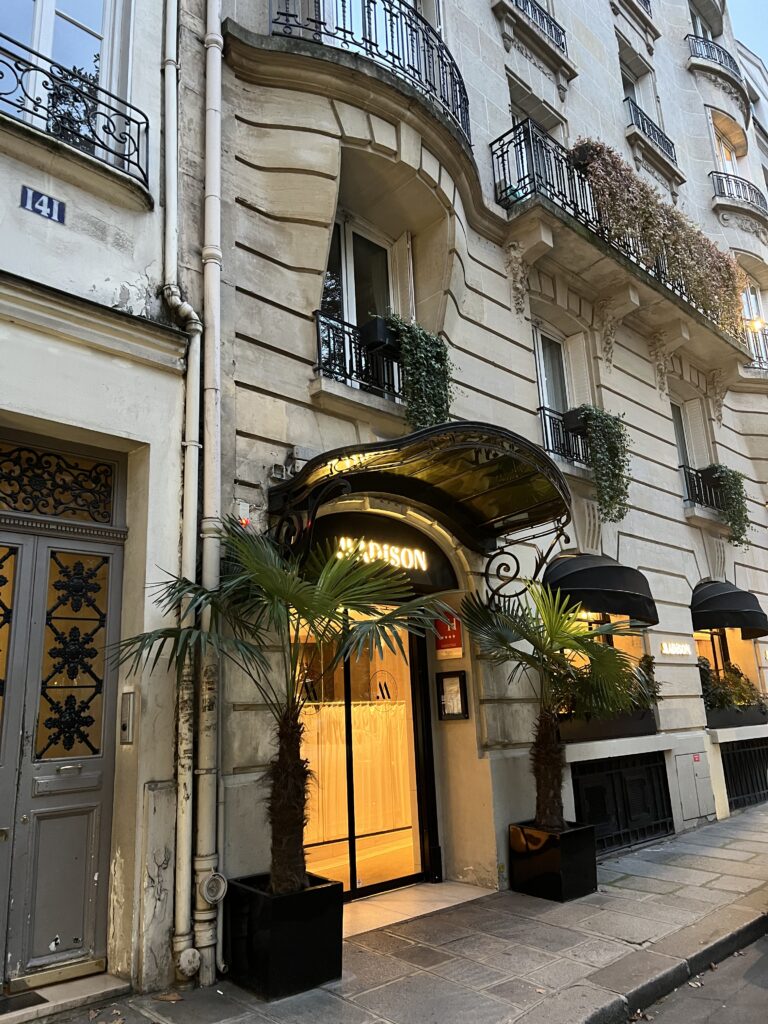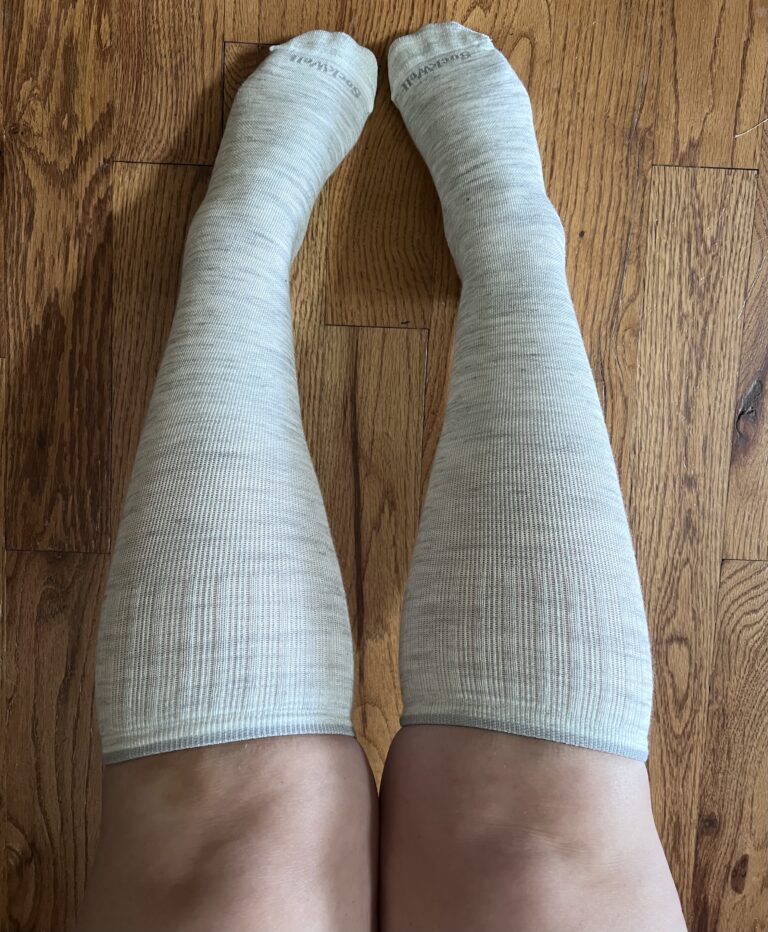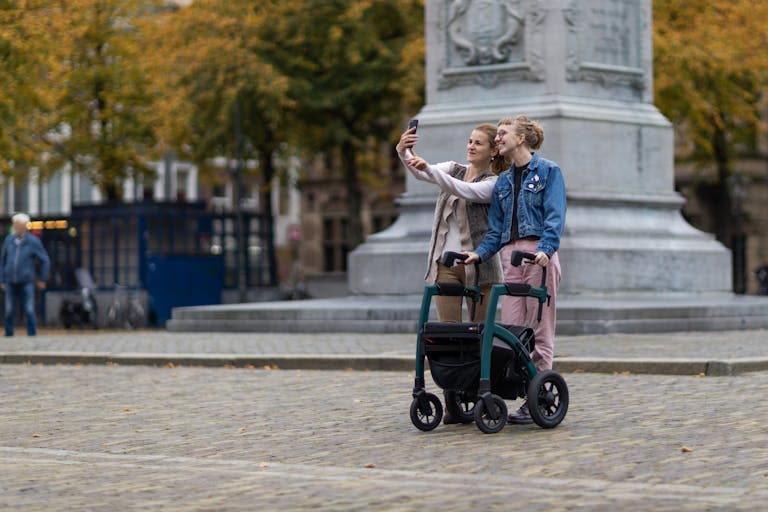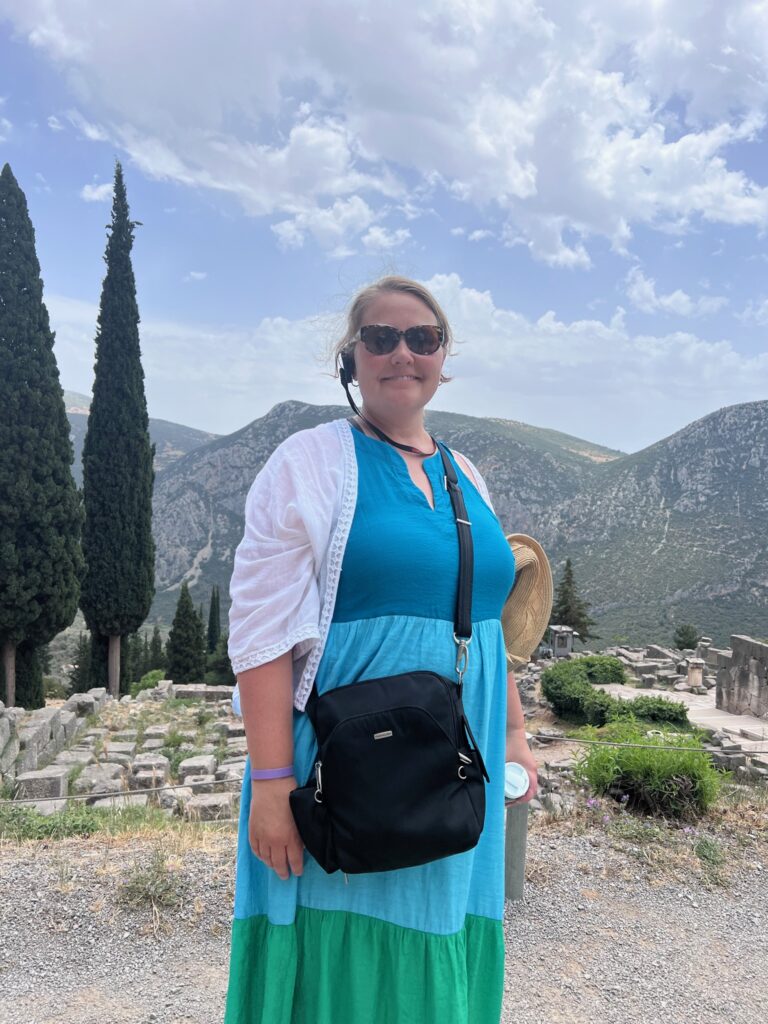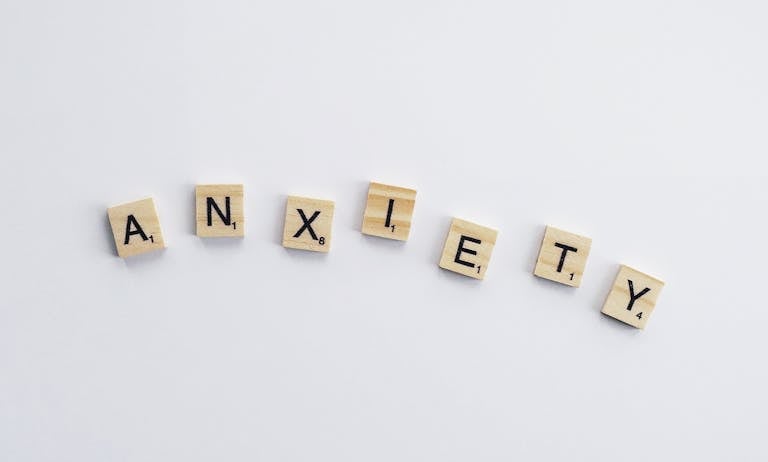Anxious about traveling to a big city? How to prep for a big city adventure when you have an invisible illness
Have you taken a dream vacation and ended up feeling exhausted and awful and spent most of the time in the hotel? Or because of your illness, are you too afraid to even try to travel?
Having a chronic and invisible illness makes it easy to believe that a dream vacation is not within your reach. Fatigue, pain, and anxiety have caused me to believe the same thing. However, when we plan a trip there are lots of ways we can prepare for whatever activities we are hoping to do. In this article we are going to talk about what being a local tourist can teach you and how to be a local tourist.
Be a local tourist and stay close to home
If you are planning a trip to a city and wanting to see all the sights, a good way to prepare is to be a local tourist.
Being a tourist in your hometown has lots of advantages. Most importantly is that when you get tired, in too much pain or whatever symptoms flare, you can go home! No guilt or FOMO. You can just go home and have all the things you need to support yourself.
Staying local gives you a chance to really get to know yourself. We are often so disconnected from our bodies. We don’t pay attention to it until it is screaming at us. By being close to home you can learn your limits and be able to start anticipating your illness affecting you and stop before it does.
For me, this looks like knowing when to take a rest before my fatigue becomes overwhelming or sitting and getting my feet up before my pain starts. Staying within my limits actually helps me do and see more in a day. And I test these limits by doing things locally. That way, if I overdo it, I can go home and go to bed!
Learn your needs while away from home
Staying local can also help you figure out things like bathroom needs while being out all day or food and hydration. Hydration is so important overall, so you can learn how much you really need to drink to make it through a day. And do you need to add electrolytes or is there anything you need to bring with you to make the day go smoothly?
New shoes or a cute new outfit? Find out if they’re really comfortable
You can also break in new shoes or try new clothes. I’ve been testing out new shoes for an upcoming trip to Europe. So far, one pair has been great and the other is a definite “no”. It would’ve been awful to get to Europe and have to walk around for 10 days in shoes that were painful! I also love buying new outfits for trips, but I’ve learned the hard way that not all things that look cute are comfortable for me to sightsee all day in. Sometimes, I just gotta look like a tourist and I’m ok with that.
Know your mental health
Next let’s talk about stress and anxiety. When you’re out in public and out of your routine does your anxiety go through the roof? What are ways you can learn in small doses to manage anxiety and stress to enjoy the experience? Again, as you stay local you can leave the environment and return to a comfortable environment quickly.
And that leads me to finally talk about if you have PTSD but still want to travel. Visiting local crowded and busy places or at different times of day can help you learn triggers and practice working through them. Maybe being out at night doesn’t feel safe but a festival during the day is fine. Or maybe a heavily crowded place is not ok and you need a more low key environment. Whatever your needs are are uniquely yours and you have to figure that out. And then you have to figure out if you can work through it. Can you get to being comfortable while out at night? Regardless, as I said above, you are in a position to leave quickly and return home or to any safe environment.
How to be a local tourist
So, what are local activities that help you “train” for a trip?
Visit any local museums.
Walk local parks
Indoor/outdoor malls
Botanical Gardens
Local Farmers Market
Festivals
and if you don’t have any of these visit your local library or big stores such as home improvement stores, Target, Walmart
The thing these all have in common that will be similar to sight seeing is walking on concrete or uneven ground. Concrete especially is very fatiguing and for most us increases pain quickly. When visiting museums and other city sites you are likely going to be walking on lots of concrete. If you are not use to it you will fade very quickly.
By visiting these locations you can figure out how long you can walk around. Can you walk 30 minutes or 2 hours before experiencing symptoms? With each time you are out can you increase how long you walk around or can you manage your symptoms differently? This information is important to know. You know if you push too hard there are likely awful consequences.
Learn your limits and work with a professional
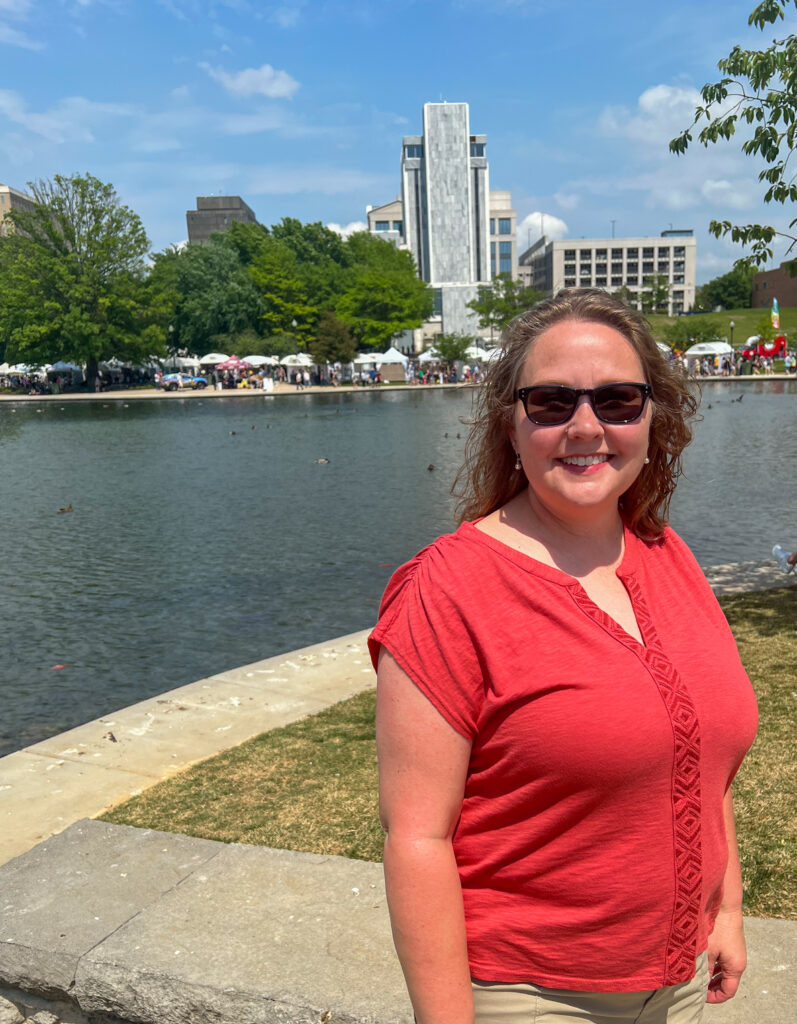
I would encourage you in this process to work with a professional. Whether medical, mental health or an alternative therapy there are lots of professionals who can help you enjoy travel. I have been working with a somatic yoga therapist for several months in preparation for my upcoming European trip. She has helped me greatly reduce my pain but also change my relationship with my pain so I can manage it while out and about. So I’ve been going to local festivals and out shopping more testing my new limits and learning when I have to take breaks. It’s been wonderful to find I can do more now than I was able to do 6 months ago.
Being a local tourist is great intentional practice for planning travel with any illness. Things come up that you probably haven’t thought of and it gives you an opportunity to work them out before you are away from home. Your travel may look different that it used to or than you want but I believe getting to travel in any way is worth it. Every time you go out for a day your confidence grows that you can take that trip you’ve been dreaming of because I know you can!
